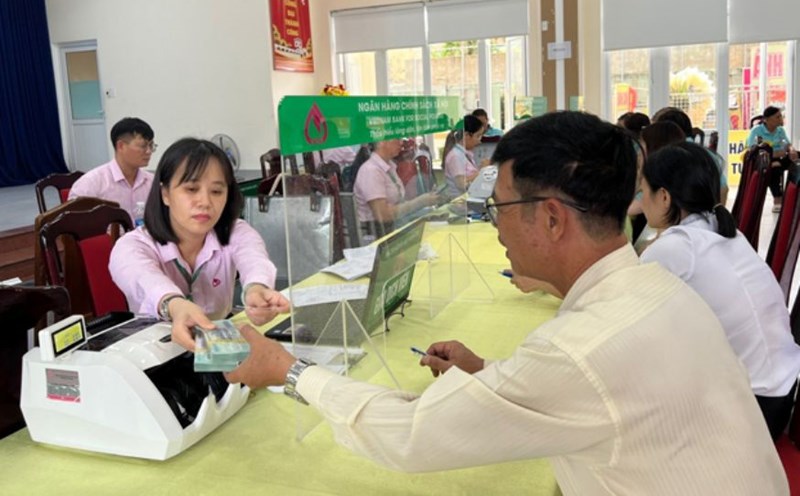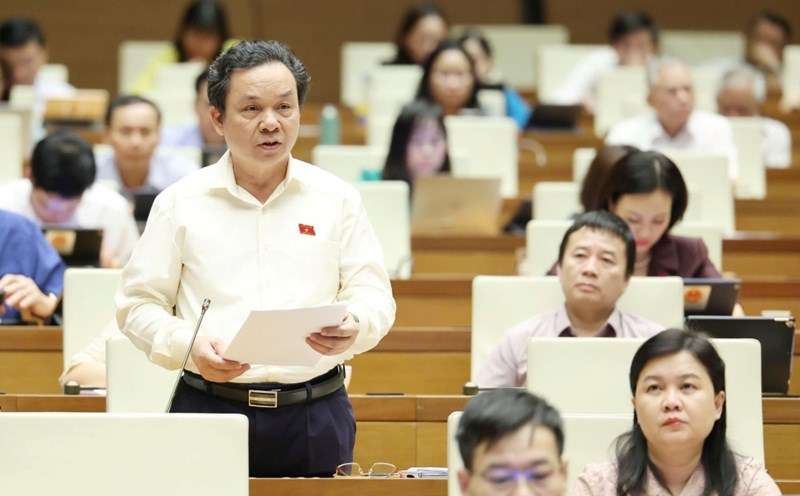Diversifying livelihoods for people to reduce poverty
Before 2023, Bon Jun Yh (Duc Minh commune, Dak Mil district, Dak Nong province) was a particularly disadvantaged ethnic minority area. Of the total 370 households, up to 95% are ethnic minority households, with about 50 households in poor condition.
For nearly 3 years, thanks to accessing preferential capital from the Transaction Office of Dak Mil District Social Policy Bank to invest in production and develop the economy, dozens of households in the commune have risen out of poverty.
In 2023, the number of poor households will be reduced by 20; in 2024, it will continue to decrease by about 10 households. The goal is that by 2025, there will be only 15 poor households in the bon area.
Mr. Le Van Hoang - Chairman of Dak Mil District People's Committee said that in recent years, the district's hunger eradication and poverty reduction work has achieved many positive results.
Average income per capita is currently over VND76 million/year, the poverty rate according to the new standard is only over 1%. Notably, 100% of communes in the district have met new rural standards.
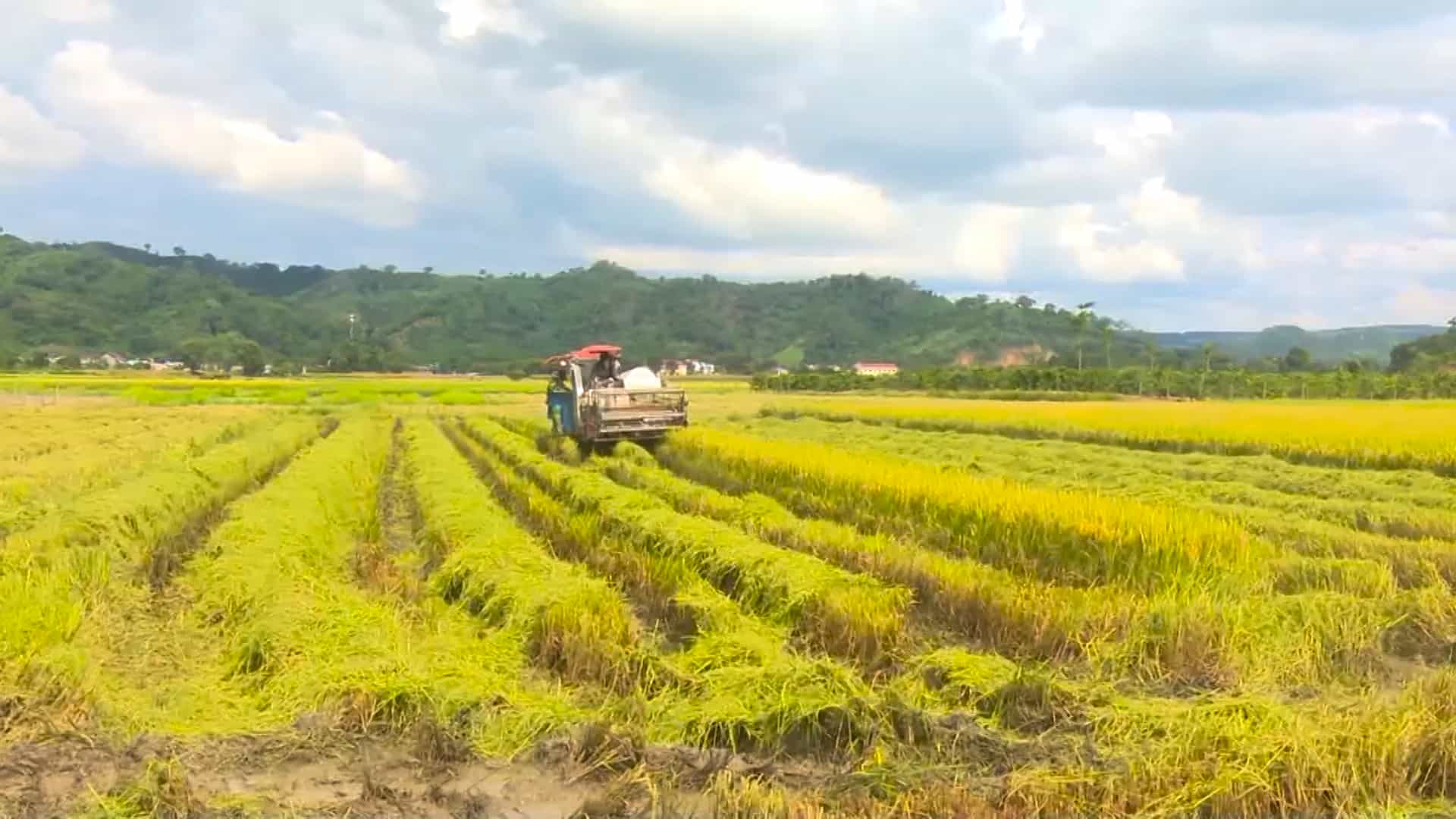
According to Mr. Le Van Hoang, to achieve positive results in poverty reduction is thanks to the synchronous participation of the entire political system. In particular, the team of grassroots cadres plays a key role in grasping the area, understanding the circumstances, thoughts and aspirations of the people.
From practice, cadres have promptly proposed and advised competent authorities to effectively implement national target programs, arrange preferential loans to the right subjects, close to needs.
As for Dak Mil, from 2022 to present, Dak Nong province has effectively implemented nearly VND93 billion from the project to diversify livelihoods and develop a poverty reduction model.
This funding source is allocated to localities to support people in implementing economic development models such as renovating coffee gardens, growing mulberry to raise silkworms, raising chickens, cows, breeding goats, etc.
Households are allowed to choose their own models and breeds suitable to actual conditions. Many localities also organize training and disseminate new techniques to help people improve their knowledge and develop the economy in a sustainable way.
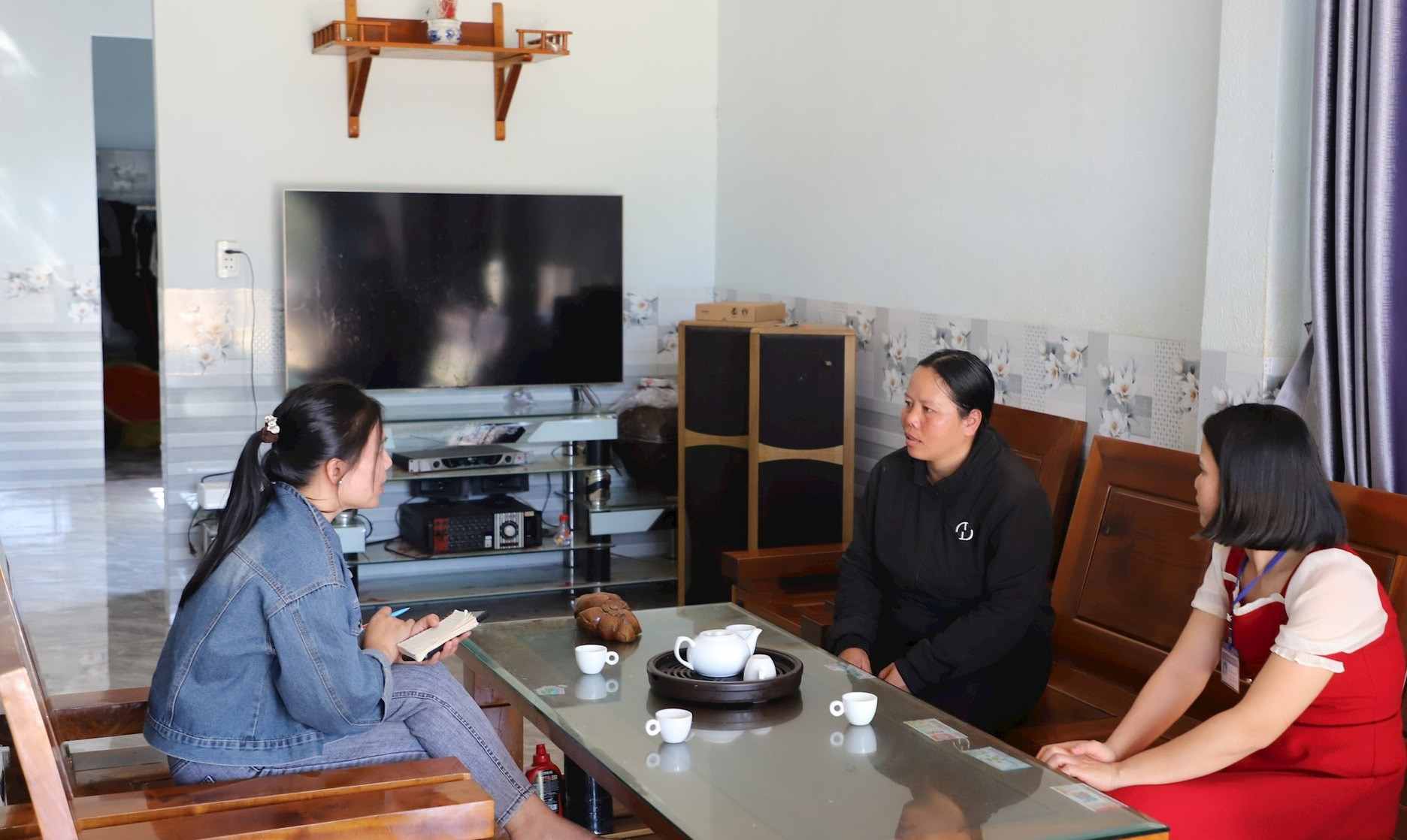
Continuously supporting the poor for development
Dak Nong province currently has 5,163 poor households, accounting for 2.99%. Localities are focusing on implementing many projects to diversify livelihoods, creating motivation for people to develop the economy and escape poverty sustainably.
This is an important step to realize the poverty reduction target for 2025 and the target set by the Resolution of the 12th Provincial Party Congress, term 2020-2025.
According to the Dak Nong Branch of the Social Policy Bank, by the end of May 2025, the total lending capital reached VND 5,411 billion, an increase of more than VND 372 billion compared to 2024.
Of which, capital mobilized from organizations, individuals and members of the Savings and Loan Group reached more than 376 billion VND, completing 100% of the annual plan.
In just the first 5 months of the year, the unit has disbursed more than 1,000 billion VND to 14,846 households for loans. Specifically, there are 765 poor households borrowing more than 53 billion VND; 2,542 near-poor households borrowing about 200 billion VND; 1,607 newly escaped poverty households borrowing more than 137 billion VND.
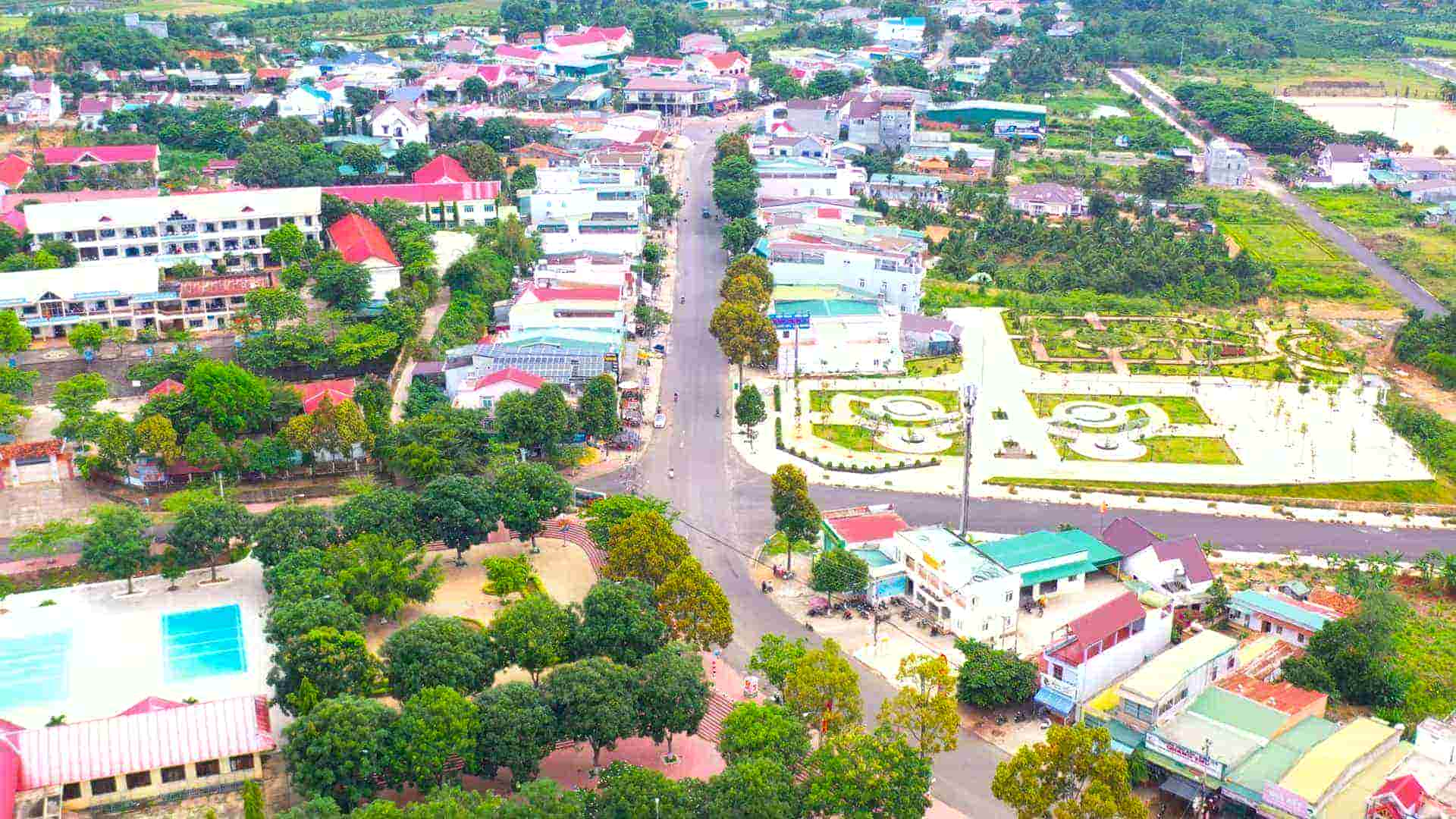
Mr. Nguyen Tien Ha - Deputy Director of the Dak Nong Province Social Policy Bank Branch said that in the last 6 months of 2025, the unit will coordinate with departments, branches and sectors to advise the Provincial People's Committee to approve the Project "Credit investment for the poor and other policy beneficiaries from local budget capital entrusted through the Social Policy Bank, period 2026-2030".
According to Mr. Ha, in the coming time, the bank will continue to set a target of effective disbursement, prioritizing loans for poor households, near-poor households and policy beneficiaries.
The lending will ensure the right beneficiaries, procedures will continue to be shortened, and processes will be digitized to help people access capital quickly and conveniently.

